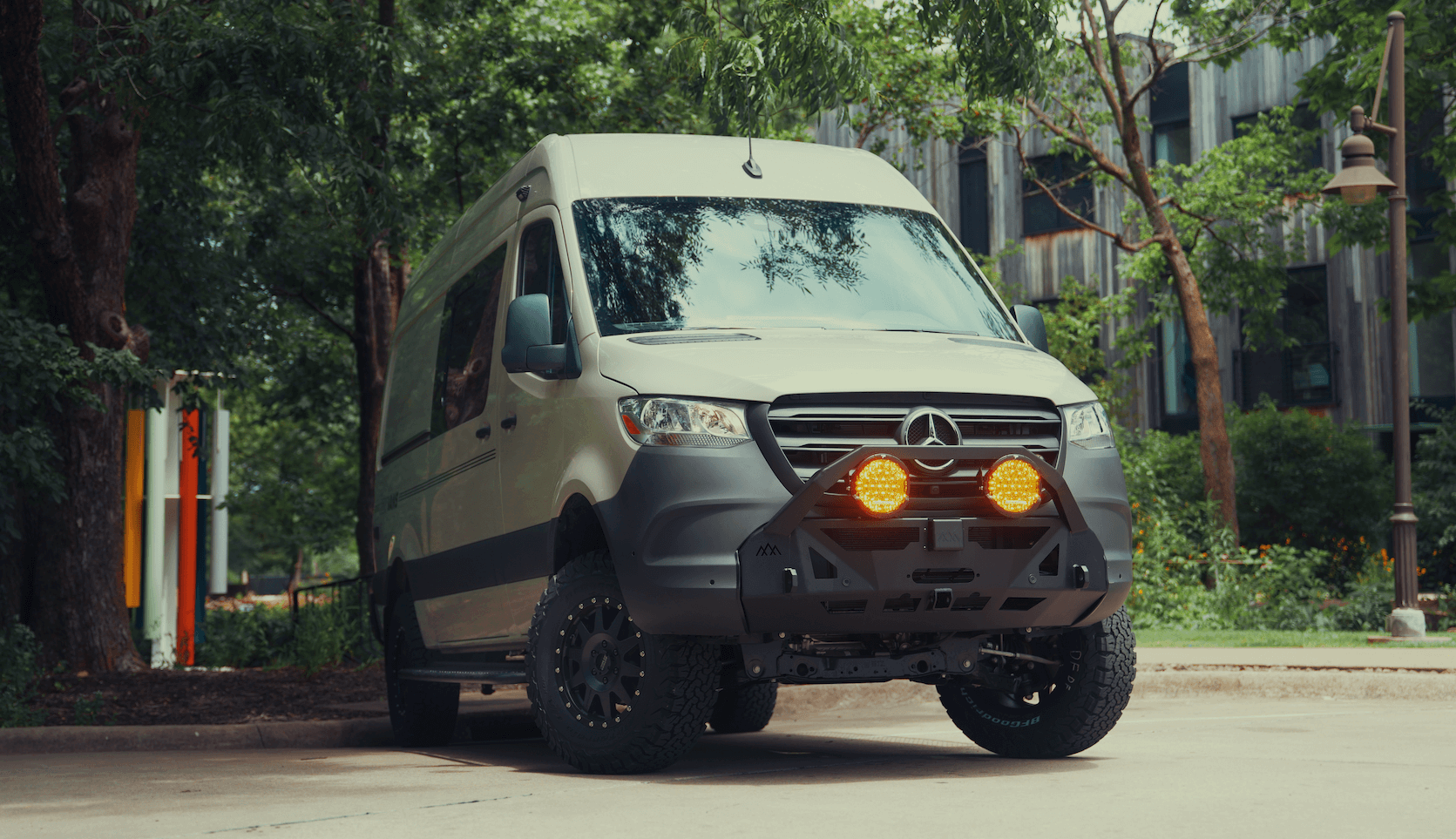Recreational Vans

Every pet handles motion, noise, and new places differently. Before you point the nose toward the mountains, do short shakedown drives to learn how your dog or cat reacts to curves, stops, and camp nights. Keep a file with vaccinations, prescriptions, and a recent photo. Microchip and update tags so any surprise escape has a quick reunion.
Start with ten minute drives, then longer sessions. Reward calm behavior and slowly add fuel stops, grocery lots, and campground check ins. This progressive exposure turns the van into a predictable home base rather than a rolling surprise.
Build routes with frequent breaks. Shade is your friend at rest areas. Many parks list pet rules online, including leash zones and trail limits. Note seasons when heat or cold becomes a bigger factor.
A moving van is not a living room. Treat travel like a cockpit and set firm rules. Use crash tested crates, harnesses rated for vehicle use, or anchored tethers that attach to structural points. Loose pets can become projectiles during a sudden stop and can distract the driver.
Animals are more vulnerable to heat. Use layered climate strategies:
At speed, secure pets in the same way every time so the ritual becomes second nature. At camp, set a tie out zone, confirm leash rules, and scan for hazards like foxtails, goat heads, or stagnant water. Add a small first aid kit with tweezers, antiseptic, and paw balm.
Routine is calming. Feed on a schedule, stick to familiar food, and measure portions to avoid digestive issues. Plan structured walks or play sessions twice daily. A tired dog rests better, which helps everyone sleep.
A pet friendly layout keeps fur, mud, and gear under control. Create defined zones for sleeping, feeding, and entry so habit does the heavy lifting. Think washable surfaces and easy to reach storage that keeps food locked away from curious noses.
Give animals a consistent bed spot away from the galley and driver seat. For cats, elevate a perch or window shelf. For dogs, a low platform with a washable pad works well. Bedtime routines signal that the day is winding down, even when the scenery changes.
For cats, a covered litter box with high sides reduces scatter. Vent the area and scoop daily. For dogs, plan bio breaks with waste bags ready. In sensitive areas, follow strict pack in pack out rules and use designated pet relief zones when posted.
Storms, fireworks, and festival crowds can rattle even confident animals. Desensitization helps, but you also need options. White noise, soft music, or a fan can mask sudden sounds. A quiet corner in the van becomes a retreat when camp gets rowdy.
Keep leashes short in busy zones and yield to others on narrow singletrack. Always pack water for the dog, just as you do for yourself. Ask before approaching other animals. Leave no trace applies to pet waste, too.
Non absorbent flooring, washable wall panels, and ventilated cabinets pay off day after day. Dedicated tie down points, a rear rinse station, and screened airflow keep animals comfortable while you handle camp chores. Lighting on separate circuits lets you check on a sleeping pup without waking the whole cabin.
To explore purpose built layouts, see recreational vans. Want a layout tailored around your animal and travel style? Review our custom build vans. If you prefer a platform that aligns with typical financing, browse mainstream vans.
OZK Customs designs and builds vans that put animal safety first with ventilation, secure tie points, washable finishes, and storage that actually fits real life. Tell us about your pets and we will map a setup that keeps tails wagging from driveway to desert. Fill out the form and start your custom plan today.
Ready to design a pet friendly adventure van? Tell us about your pets and travel style. We will spec ventilation, tie downs, washable finishes, and smart storage that keep animals safe and comfortable. Start your custom plan today.
ADDRESS:
6159 E Huntsville Rd, Fayetteville, AR 72701
PHONE:
(479) 326-9200
EMAIL:
info@ozkvans.com